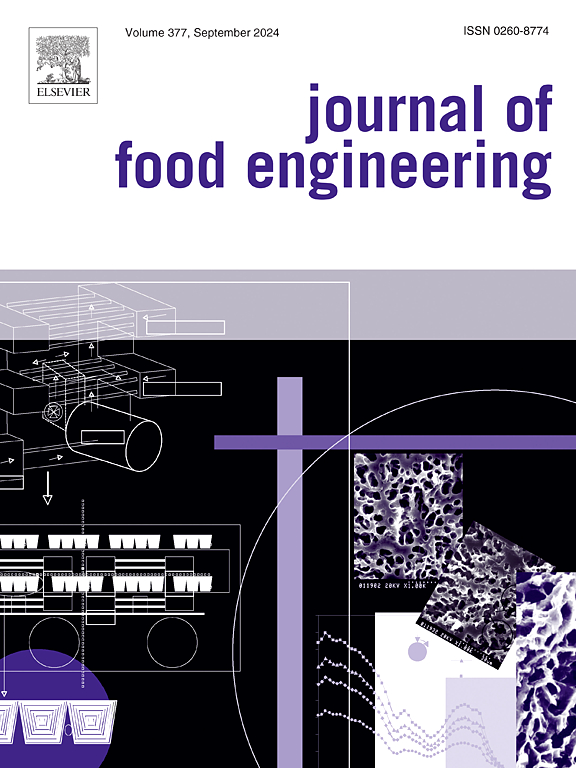协同RuS2/CeS2纳米杂化物电化学检测亮蓝色染料
IF 5.8
2区 农林科学
Q1 ENGINEERING, CHEMICAL
引用次数: 0
摘要
由于商业食品样品中的亮蓝对人体健康造成有害影响,因此对亮蓝的准确识别和定量至关重要。本文介绍了利用混合纳米材料RuS2/CeS2作为改性剂,构建一种用于BB检测的电化学传感器。RuS2和CeS2纳米粒子之间的协同作用使所制备的传感器能够直接检测实际食品样品中的被分析物,展示了所构建传感器的重要和值得注意的特点。该传感器具有5.0-4351.0 μM的极宽线性范围,LOD值为0.22 μM,超过了所有其他先前报道的工作。电化学研究表明,与单独使用RuS2相比,BB在设计的电极上呈现不可逆的扩散控制过程,导致峰值电流增强。研究结果为便携式传感器的发展铺平了道路。本文章由计算机程序翻译,如有差异,请以英文原文为准。

Synergistic RuS2/CeS2 nano-hybrid for electrochemical detection of brilliant blue dye
Accurate identification and quantification of brilliant blue (BB) in commercial food samples are essential due to the detrimental effects caused by BB on human health. This work presents the construction of an electrochemical sensor for BB detection utilizing hybrid nanomaterial RuS2/CeS2 as modifier. The synergistic interaction between RuS2 and CeS2 nanoparticles enabled the fabricated sensor to directly detect the analyte in real food samples, demonstrating its significant and noteworthy feature of the constructed sensor. The developed sensor exhibits an exceptionally wide linear range of 5.0–4351.0 μM with an LOD value 0.22 μM, surpassing all other previously reported works. The electrochemical study displayed that BB showed an irreversible, diffusion-controlled process on the designed electrode, resulting in an enhancement in peak current compared to RuS2 alone. The outcomes obtained from the investigation pave the way for development of portable sensors.
求助全文
通过发布文献求助,成功后即可免费获取论文全文。
去求助
来源期刊

Journal of Food Engineering
工程技术-工程:化工
CiteScore
11.80
自引率
5.50%
发文量
275
审稿时长
24 days
期刊介绍:
The journal publishes original research and review papers on any subject at the interface between food and engineering, particularly those of relevance to industry, including:
Engineering properties of foods, food physics and physical chemistry; processing, measurement, control, packaging, storage and distribution; engineering aspects of the design and production of novel foods and of food service and catering; design and operation of food processes, plant and equipment; economics of food engineering, including the economics of alternative processes.
Accounts of food engineering achievements are of particular value.
 求助内容:
求助内容: 应助结果提醒方式:
应助结果提醒方式:


